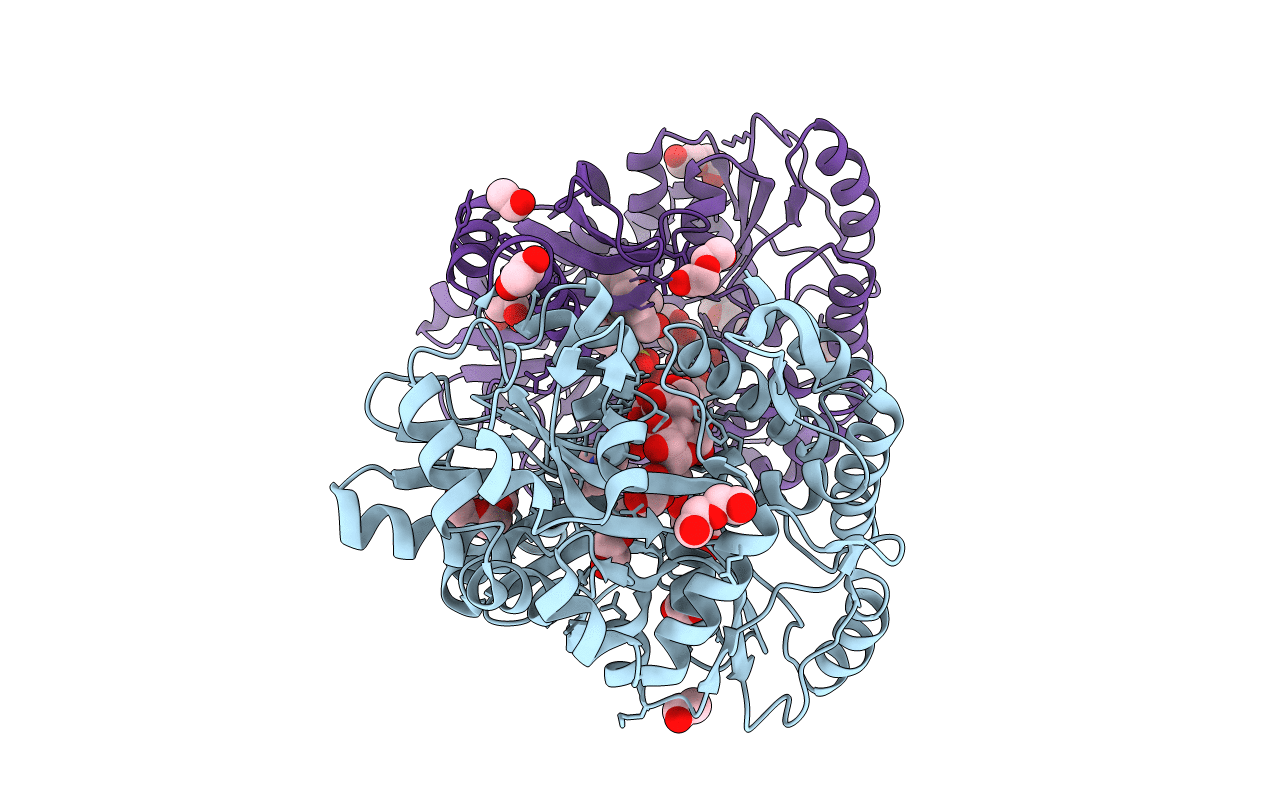
Deposition Date
2017-08-14
Release Date
2017-10-25
Last Version Date
2023-10-04
Entry Detail
Biological Source:
Source Organism:
Pseudomonas phage JBD30 (Taxon ID: 1223260)
Escherichia coli O157:H7 (Taxon ID: 83334)
Escherichia coli O157:H7 (Taxon ID: 83334)
Host Organism:
Method Details:
Experimental Method:
Resolution:
2.27 Å
R-Value Free:
0.22
R-Value Work:
0.16
R-Value Observed:
0.16
Space Group:
P 1 21 1


